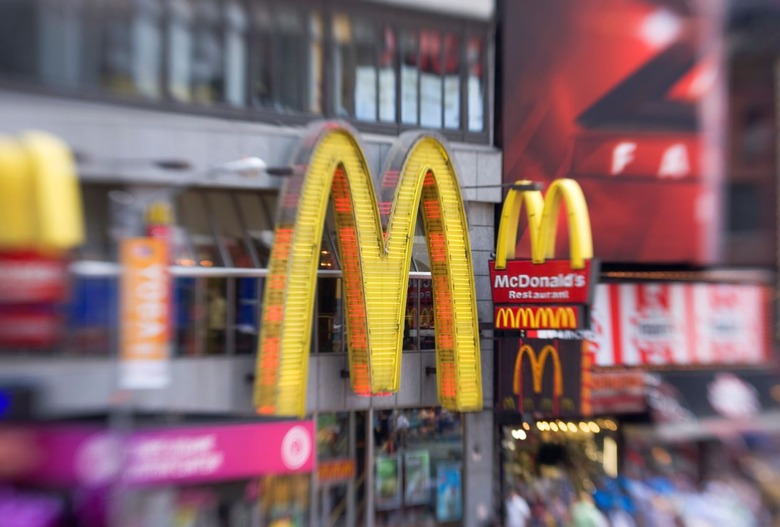10 Ways Fast-Food Chains Are Playing With Your Head
It's a ritual that's pretty much engrained into the American experience by this point: We walk into a fast food joint or pull up to the drive-thru, peruse the menu for a couple minutes, place our order, receive it, and dig in. But lurking just below the surface is a clandestine operation that's hell-bent on making you spend a little more money, order a little more food and drink, and think that what you get is a little tastier and a better value than it actually is.
10 Ways Fast Food Chains Are Playing With Your Head Gallery
Yes, fast food restaurants are very, very good at playing mind games with their customers. Just look at the "Supersize" campaign that McDonald's foisted upon the American people until Morgan Spurlock took it down in 2004: For just a little bit more money you could boost the size of your drink and fries, and to many people, it sounded like a good deal. In reality, it was just a way to get customers to pay more money for something they didn't really need; it's called the upsell, and it's one of the oldest restaurant tricks in the book.
Unfortunately, the upsell is just the tip of the iceberg when it comes to fast-food mind games. Every single element of the fast-food experience, from the moment you walk through the door, to raising expectations about your meal, and hurrying you out the door once you've gotten it (yes, there's a reason McDonald's seats are uncomfortable and the music is loud and lousy), has been planned by a team of smart, cunning individuals with a single goal: maximizing profits. Read on to learn 10 ways in which fast-food restaurants are trying really hard to bend you to their whims.
